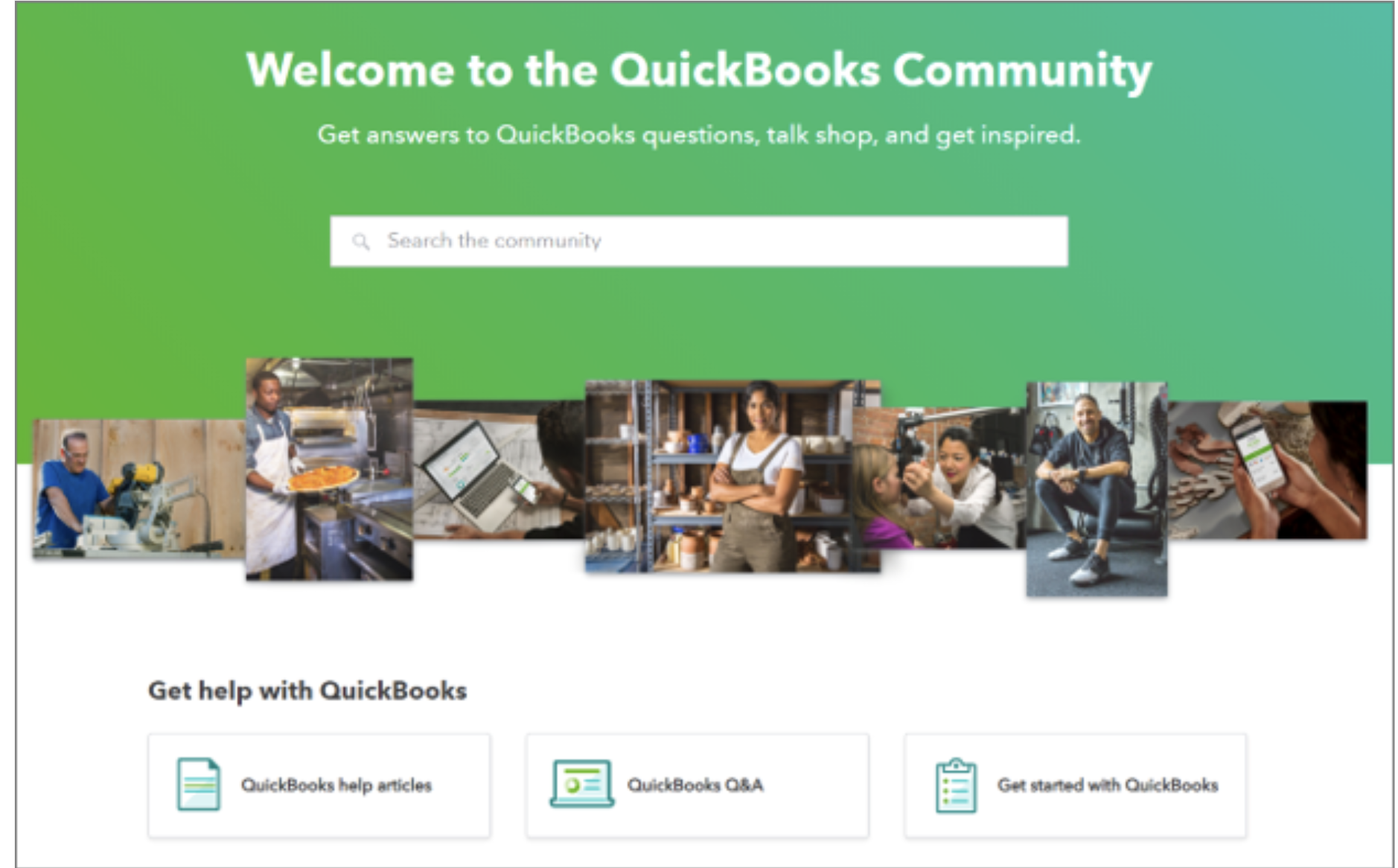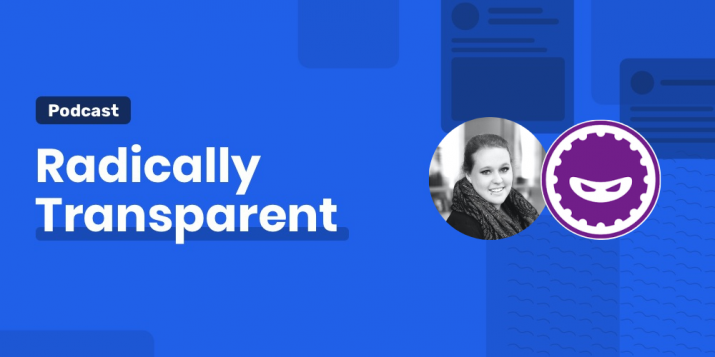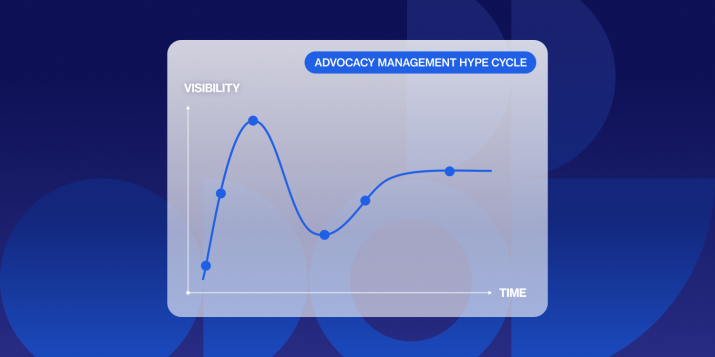
How to Build a Brand Community for your B2B Business
If you had to guess which business decision could increase your company’s ROI a staggering 6,469% this year, what would your guess be?
The answer is not hitting the lottery or getting purchased by Warren Buffett. It turns out that creating a brand community for your B2B company can give you that type of mouthwatering ROI.
B2B businesses need to foster a strong spirit of community to serve their clients and customers better. Without a supportive community, businesses run the risk of not appearing relevant to their audience, having to implement costly support tech solutions, or dealing with dwindling engagement rates. Creating a branded community helps combat these issues, which is probably why 4 out of 5 founders believe that they are essential to B2B success.
Leveraging the immense power of community for educating your audience is a significant benefit of creating a branded community, but it’s not the only one. The biggest benefit for B2B companies is developing genuine relationships with their customers.
These are relationships that pay off. Two out of every three customers will choose to purchase from a company where they feel they have brand loyalty. For B2B companies, earning loyalty from your brand community can win you repeat business and generate a pipeline of trusted referrals.
Let’s take a deeper look to learn how you can build a beneficial community around your B2B brand.
What is a Brand Community?
A brand community is more than just a powerful business tool. It is a place where all of your customers come together to learn, share, and interact with your brand. That includes building up hype for your next product launch, interacting with other satisfied customers, and educating themselves about your products and services before making a purchase.
Online brand communities provide an easy way for customers to interact and engage with your B2B brand. Once they begin following all of your content, they move up the ladder in the customer journey from passive prospects to active brand loyalists.
At the highest level of commitment, these dedicated followers will become passionate brand ambassadors who actively recruit new organic followers to your customer base.
Why You Should Build a Brand Community
One of the best reasons to start an online community is to provide customer support, mainly in the form of social proof. 27% of consumers use dedicated brand communities to research a product or service before purchasing. This purchasing incentive is significant, considering that B2B brands don’t usually have the large social media followings that big B2C companies flaunt.
By surrounding your brand with dedicated users who can share their product experiences, you create a treasure trove of helpful information. It’s all cataloged inside your community and conveniently housed at your prospect’s fingertips.
Joining a membership community also poses many great benefits for its members. For instance, members enjoy real-time product updates, faster tech support (for troubleshooting), increased response time from the sales team, early awareness for product launches, and a front-row seat for company updates.
With a “red carpet” branded community experience, you actively demonstrate that your company cares about your clients and customers.
Recommended for further reading
6 Tips for B2B Brands Community-building
Use these helpful tips to maximize your community-building efforts and make the most of your brand in 2021.
1. What’s Your Purpose?
Brand communities need to serve a specific purpose to stay relevant and top of mind for their members. Part of creating a habit-forming consumer-centric brand community is making your community work in tandem with your company’s larger overarching goals.
From cutting down on tech support to launching new product innovation based on actual customer feedback, your company goals will vary.
One approach is to figure out where the community can help your company and then design it around that purpose. Tailoring it to serve a specific purpose will allow you to create a rich brand community for your customers, giving every member a rewarding community experience.
Defining your purpose doesn’t need to be complicated. Look at Starbucks’ customer loyalty rewards program. The goal is to incentivize members to be loyal customers and get free products. This approach will also work for many SaaS B2B companies.

2. Set Your Goals and Metrics
Building a brand community requires responsibility and diligence. It requires you to monitor your members’ needs and questions constantly. Defining the desired outcomes for your brand community upfront will help you to manage this iterative trial-by-error process.
To help you make the most of your membership, strive to establish key KPI metrics in alignment with your sales and performance goals. For everything to work right, keep your company goals and community goals in sync.
It’s best to look at a brand community as a long-term investment. Quick sales and short-term nearsightedness are not the desired outcomes for creating a brand community.
Instead, seek out the intersection between your business needs and what your customers are looking for in a community. This heavy lifting may take more effort, but the rewards will allow you to increase customer engagement – and ultimately reach your goals a lot faster.
Sometimes, your goal is to be genuinely helpful. Intuit QuickBooks members’ community helps troubleshoot their products. The community saves QuickBooks time and money in costly tech support. It also makes users feel comfortable purchasing QuickBooks products because they know they will have easy access to any needed support.

3. What’s Your Platform?
Where is your brand going to create online conversation with its customers? Brand communities are being built on the backs of powerful social media and other platforms. Here are the best ones to consider for B2B and why.
Social Media
Facebook Groups
Facebook Groups offer convenient business pages which allow comments and questions from your members. They are great places for your B2B brand to focus on educating customers and provide helpful links, resources, and invaluable interaction with your sales team.
The benefit of using this social media behemoth is that virtually everyone is on Facebook, so there’s a good chance that your ideal customers can easily find you. The drawback is that it won’t provide a tailored or unique experience, as is the case with a more custom build-out.
LinkedIn Groups
LinkedIn Groups are a convenient and simple place to connect all of your B2B customers in one location. Since most of your customers and prospects are already thinking about B2B relationships while on LinkedIn? It makes sense as a brand community home. The major upside to using LinkedIn Groups is that this is a platform where your target audience frequently visits.
Additionally, LinkedIn’s algorithm makes it easy for your audience to find you via specific hashtags. B2B marketers have been taking advantage of this for several years now, but it is an easy way to group people together on the world’s leading professional social media platform. One drawback is that LinkedIn Groups aren’t as wildly popular as Facebook Groups, so keep that in mind when deciding where to house your brand community.
Other Platforms
Salesforce Community Cloud
Another option for your B2B brand is to integrate with Salesforce. Their Community Cloud feature allows you to create a place where your customers can access online portals, join community forums, or ask product-related questions. If your company is already using Salesforce, this is a convenient ready-made solution.
A Microsite on Your Website
Some B2B marketers are justifiably concerned about sending their customers to other platforms, where they can get distracted online. In some cases, it’s a great idea to create a microsite that serves as a platform for your branded community. This prevents your users from leaving your site and heading down a social media rabbit hole instead of engaging with your brand.
However, the downside is that an online community may require a costly custom build and not add much to your bottom line in the short term. B2B marketers should also think twice about a custom build because it will require reworking your funnel to drive prospects here.
4. Invite Your Tribe
One of the key benefits of having a brand community is that you get to invite a curated list of your ideal clients, customers, and influential thought leaders to join it. To get the best fit for your members, you will need to decide who you want to join. So, how do you do that?
Facilitating this process usually involves creating what’s known as a “member profile.” A member profile helps you to create a member avatar that identifies key traits of your ideal members, thus ensuring a good fit.
Once you have your ideal member profile created, you can effortlessly recruit and invite the right prospects. Having them all in one place will help with every aspect of your sales and marketing efforts. It will help you to unite your audience by having them come together as “your tribe” – a group which supports your brand and each other.
5. Get Engaged
The main reason to create a brand community is to drive engagement. Many marketers create a B2B community around their brand or product. However, they fall short of keeping the conversation going within this new arena.
Engaging your community is an ongoing process. To do it well, you will need to be nurturing your leads, customers, and brand ambassadors with valuable content, stimulating questions to drive new innovation, and periodically motivating your audience. You will also need to be responsive to member needs.
If you need help streamlining this process, there are helpful social media engagement tools that can help you to do that. Keeping the conversation flowing both ways in your community makes the most impact for your brand’s bottom line.
6. Promote Your Community
Once you start your new community you will need to spread the word to recruit new brand ambassadors that will help grow your tribe. Here are some proven strategies to help drive that growth.
Incorporate Your Brand Community into Your Marketing
Your community should be a strong asset for your brand. A great way to leverage it in your marketing is by using it to promote your customer service.
Another way to integrate the brand community into your marketing strategy is to identify at which stage of the buyer’s journey you want a lead to join it. When you know this? You can funnel them into your community, then use the community as a powerful educational platform to empower a buyer with purchasing decision information earlier in the sales cycle.
Send Custom Invitations
If you want someone to join your brand community, why not simply ask them? People love to feel like they are being included. Inviting new members with a personal touch is a great way to get them to start caring about your brand. Create customized and personalized messages to show prospective members that you care and want them there.
For group admins on the LinkedIn Groups platform, inviting users is a simple process that can help you to grow your online presence in just a few clicks.

Team Up with Influencers
An influencer who fits your member profile can expedite your membership growth. By already being a highly visible figure in your market, you can leverage the influencer to piggyback on their current social media following. This puts you in direct contact with your ideal members and makes it easy for them to learn about your company and quickly grow your community.
Don’t Forget About Referrals
Creating a healthy referral program is one of the fastest ways to organically increase the size of your community. Just like any other community, sometimes the best approach to recruiting new faces is going “old school” with recommendations and referrals.
Having a strong automated referral program to incentivize this is essential to your growth. If you don’t already have a system that prompts your past customers to refer your company? Use your brand community to ask members for referrals.
B2B Branded Communities Are Essential for Growth
Creating a brand community is a growing trend that many consumers are coming to expect as part of an online brand’s identity. Within the B2B world, educating your prospects takes time, and the sales cycle isn’t as quick as the B2C market. Nearly two-thirds of all brand communities exist to help build relationships, a key avenue in turning prospects into customers. These relationships are vital to helping promote sustainable organic growth, nurturing your customers throughout the buyer’s journey, and ultimately growing your audience.
Remember, building a brand community can be as simple as leveraging existing social media platforms. Armed with the right social media management tools, running your online brand community can be a surefire way to develop customer loyalty, grow your audience, increase sales, and do it all at a very high ROI.


